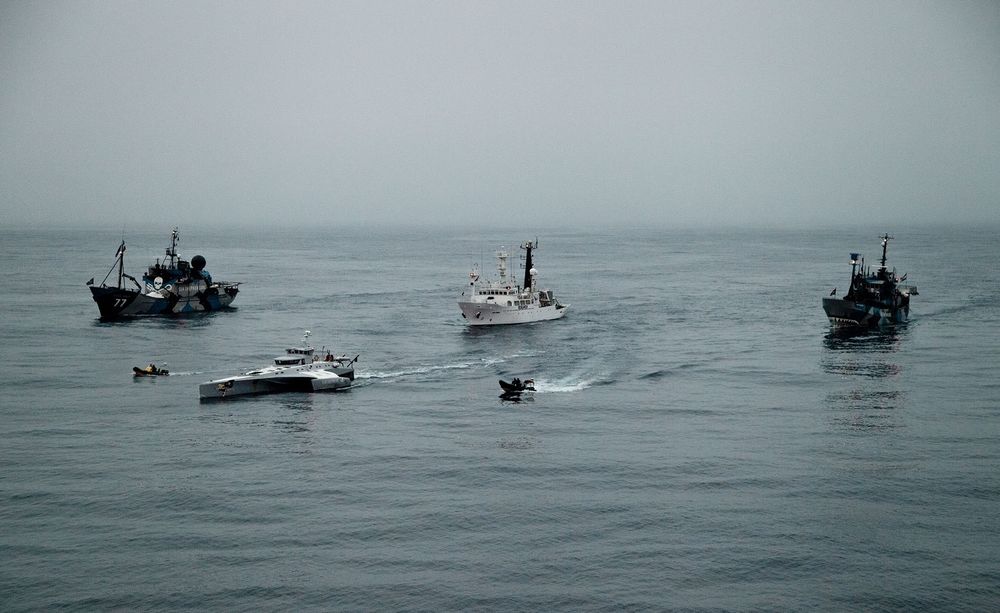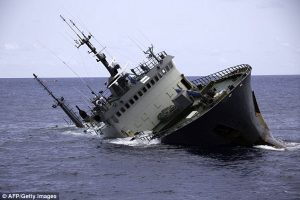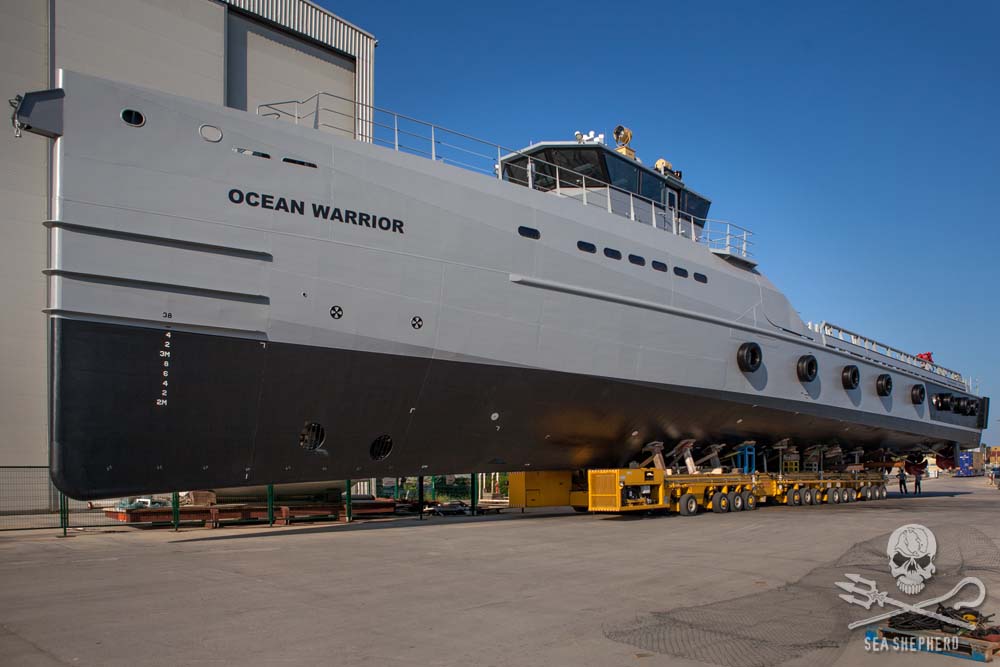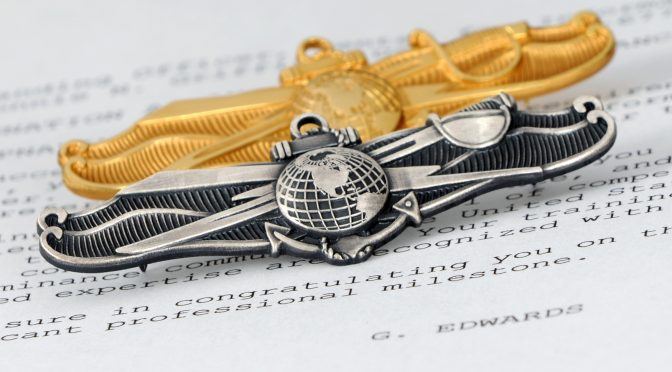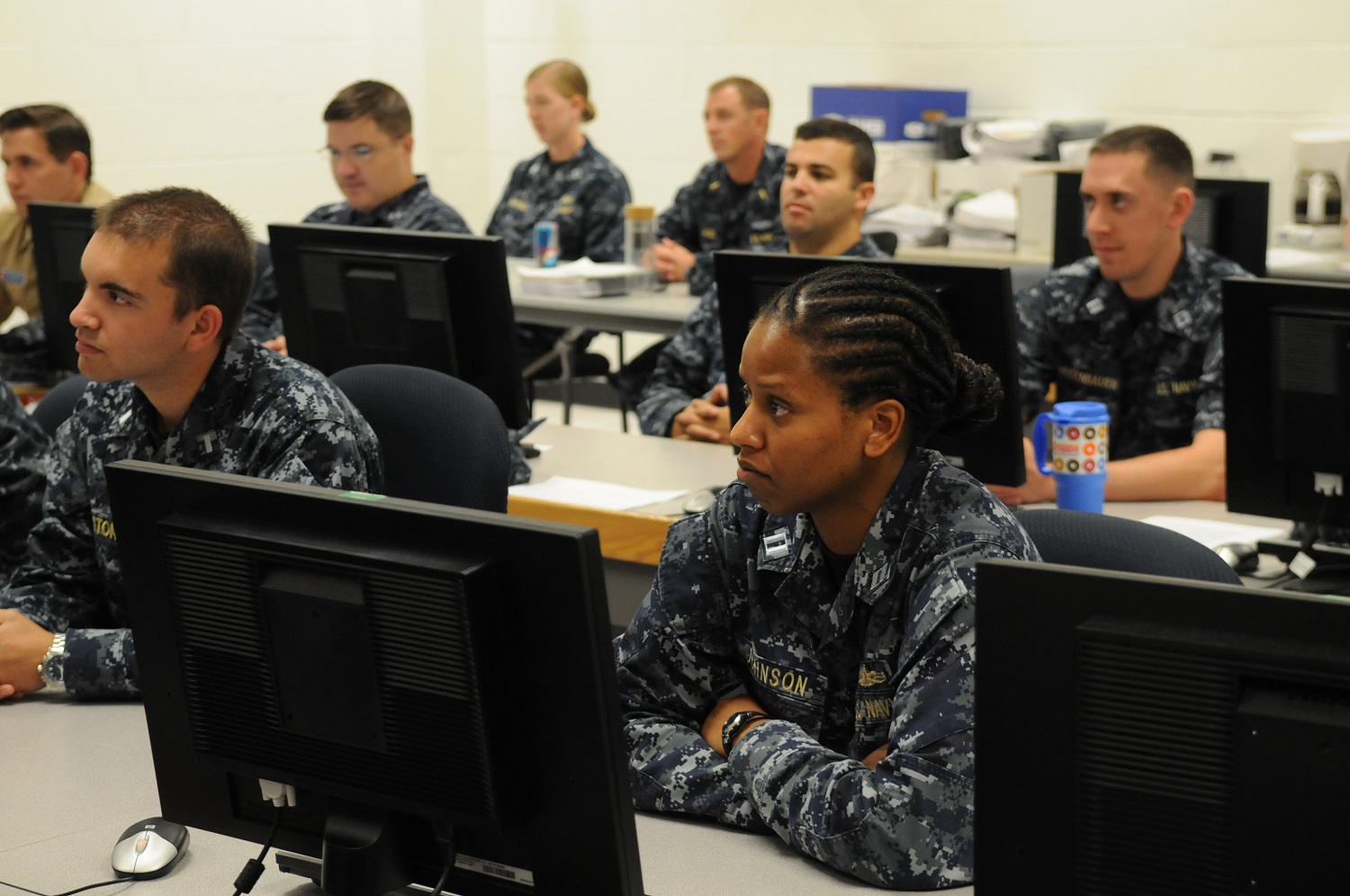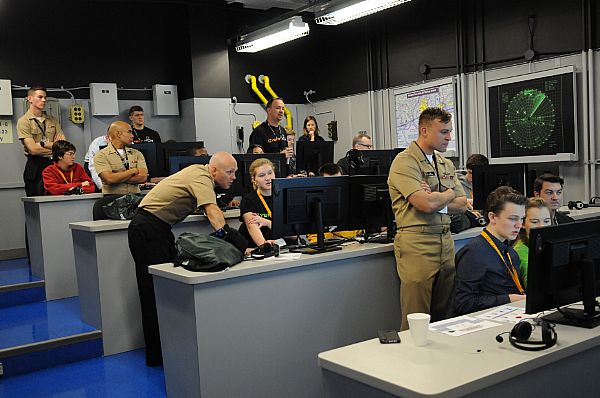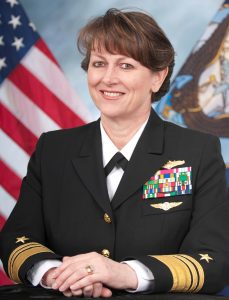This article originally featured at The Strategy Bridge and is republished with permission. Read it in its original form here.
Is the “military mind” compatible with the values that make innovation possible?
In 1957 Samuel Huntington defined the “military mind,” or how the military sees the world and interacts with it. His definition of the military mind formed the cornerstone of his broader work on civil-military relations—The Soldier and the State. In that work Huntington claimed the ideal soldier is conservative in the classical sense. That is, the military mind emphasizes the “permanence, irrationality, weakness, and evil in human nature.”[1] More focused on vice than virtue, the military mind is suspect of human cooperation and skeptical of change. For the soldier time is the primary measure of value; the military mind favors the status quo. It is “pessimistic” and “historically inclined…It is, in brief, realistic, and conservative.”[2]

Today the military mind finds itself in the company of another mind—the “innovative mind.” While the military mind is conservative the innovative mind is open to experimentation with new ideas. The military mind doubts human nature while the innovative mind trusts in collaboration. The two do not naturally mix, and yet they depend on each other, especially so the military mind on the innovative mind. The paradox of the military mind is that it is increasingly reliant on, yet incompatible with, the innovative mind. This article explores the paradox and how to manage it.
The Military Mind versus the Innovative Mind
There is no single “military mind” or “innovative mind.” The two minds simplify the rich diversity of military members and innovators. Simplifications leave out details but can also clarify comprehensive truths. Huntington’s military mind and today’s innovative mind do not perfectly describe any one individual, yet they hold true at the general level.
Huntington’s ideal military mind was reverse-engineered; he asked what kind of mind was necessary to defend the country, and concluded that a skeptical worldview was the best insurance in a risky and uncertain world. The military mind had to be skeptical of human nature and progress in order for the military to serve its function effectively. Sixty years after describing the military mind, Huntington’s argument has been deeply woven into the American military culture. And thus Huntington has met his own criteria for value—he withstood the test of time. The Soldier and the State, as part of the military canon, frames the ideal image of ourselves and guides our actions as we seek to maintain that image.[3]
Radical Change Is The Norm In The Age of Innovation.
When Huntington wrote The Soldier and The State, the military mind was meant to balance the mind of a liberal democratic citizen. The civilian mind, in Huntington’s argument, could afford to view the world as cooperative as long as the military mind retained its conservative view. The two minds would coexist but leave each other to their own space. Since then a new variant of the civilian mind has developed—the “innovative mind” is the civilian mind that Huntington envisioned, only adapted for the age of innovation. The age of innovation is the period of hyper-connectivity and information sharing created by the information technology revolution of the 1990s, and it is still unfolding today.
Radical change is the norm in the age of innovation. The most powerful companies of this generation work with collaborative technology that was largely unheard of one generation ago, and the same will likely be true one generation from now. Today’s Google is built on an internet search algorithm that would have been difficult to imagine just 30 years ago; tomorrow’s Google may well be built on technology that seems like science-fiction today. The companies that succeed tomorrow will rely on experimentation with new ideas, rather than gradual improvement, to build new business. Their experimentation will be fueled by the pace and quality of their collaboration, and by their ability to weave knowledge together from a wide range of sources.
Warfare in this age of innovation has become increasingly reliant on information technology—the common operating pictures of network-centric warfare is an example. The military mind, then, must increasingly collaborate with the developers of information technology. The question today is whether the military mind can work with a mind characterized by experimentation and collaboration. And, if so, how?
Huntington’s Paradox in the Age of Innovation
Huntington’s military mind is not necessarily opposed to all forms of change. As military affairs became perceptively more complex, Huntington argued that officers should spend much of their time learning: “The intellectual content of the military profession requires the modern officer to devote about one-third of his professional life to formal schooling, probably a higher ratio of educational time to practice than in any other profession.”[4] What Huntington opposed, however, was the transmission of values that undermined the conservative worldview.[5] In his view the military mind could advance technologically as long as its view of human nature remained conservative, as long as it did not view human nature as inherently cooperative.

A military-industrial complex in which the military was the primary buyer allowed for such technological advancement. The military-industrial complex, to name three examples, developed battleships and aircraft carriers for the Navy, fighting vehicles for the Army, and cruise missiles for the Air Force.[6] While private enterprise may have developed key technologies that enabled these innovations—power plants for the Navy’s ships is an example—the military-industrial complex adapted those technologies for operational use, and they did so on a timeline fitted to the military’s capacity for adopting change.
Military changes in the age of innovation will likely happen at a faster pace. In the fields of cyber security, biotechnology, neural analytics, and networked robotics, the military is just one buyer among many. The net effect of being one among many is that innovative minds dictate the pace of change to military minds rather than the reverse.[7, 8] The pace of change, already faster than the military mind is accustomed to, will likely only increase—methods such as machine learning presage a new level of speed in the development of ideas. Putting those ideas to operational use will require the military mind to adopt the values of experimentation and cooperation. The military mind and innovative mind will meet in the rapid and frequent implementation of new technology.[9]
The modern military mind is left with a paradox. On one hand Huntington’s ideal military mind is still necessary. Because of its role in protecting society, the military mind has no choice but to assume the worst: human nature is unchanging and a conservative outlook is the best last resort for defending the country. Yet, if the military mind is to fulfill its function in the innovation age, it has no choice but to rapidly adapt. The military has adapted before, especially in times of acute threat—the military embraced air and tank warfare in World War II, for example. The difference in the age of innovation is that adaptation will be the norm rather than the result of extreme circumstances. The military mind will be asked to regularly operationalize new technology in an uncertain world. In short, the military mind must be both conservative and open.
Building Common Ground
Managing this paradox is a challenge for the military as a whole, not necessarily individual minds within the military. Some aspects of the military bureaucracy can be wired for adaptability and cooperation, while others can be wired to maintain a conservative outlook. In a broad sense, the employment of force will require a conservative outlook, while the development of force capabilities will require an innovative outlook. The organizational challenge for the military is ensuring that these two minds collaborate without degenerating into acrimonious tribes.
Collaboration between the two minds can be helped by reform in two general areas. The first area is near-term and tangible, composed of reforms that make it easier for the military mind to do business with the innovation economy. This would include initiatives such as the Defense Innovation Unit Experimental (DIUx) in Silicon Valley and Boston.[10] Fostering direct interaction between end-users and technology developers would be another, as would streamlining the acquisition process to closer approximate the timeline of a start-up.[11]

These solutions, though, can only be partial without a more fundamental change. The second general area of reform would run deeper, to the intellectual roots of the divide between military and innovative minds. The two minds should study the other enough to forge shared meaning. With shared meaning comes a greater possibility for shared motivations. And if not shared motivations, then at least motivations that are mutually understood. Motivations that are mutually understood are less likely to be perceived as threatening. Ironically enough, perhaps the best advice for building this mutual understanding comes from Huntington himself through his emphasis on education.
A Liberal Education Can Endure Technological Change.
Huntington argued that the military profession should begin with a liberal education; his prescription should apply to innovators as well. A liberal education, which is an education in all sides of human nature, can create philosophical common ground between the conservative and cooperative outlook. The exposure of the military and innovation minds to the full range of human nature should be the foundation of a mutual understanding between them. Machiavelli’s The Prince, for example, is an education in the corruptible side of human nature, while Shakespeare’s King Henry IV and King Henry V are a testament to human adaptability.[12]
These are but two examples of how a holistic view of human nature—a liberal, classical education—can build common ground between military and innovative minds. And a liberal education is only one aid to making the military more adaptable for the innovation age. Many other implements will be possible, as long as they fit the general criterion of building common ground between military and innovative minds. A liberal education is a fundamental solution, though, in that it can endure this generation of technological change and the many others that will follow. In a world where change will only come faster, building common ground between military and innovative minds is a national security imperative.
Brad DeWees is a PhD candidate at the Harvard Kennedy School of Government and a former instructor of political science at the United States Air Force Academy, where he taught courses on American government and Innovation in Government. His primary career field is as a Tactical Air Control Party (TACP) officer. The opinions expressed in this article are the author’s alone and do not reflect the official position of the U.S. Air Force, Department of Defense, or the U.S. Government.
Notes
[1] Huntington, S.P. (1957). The Soldier and the State: The Theory and Politics of Civil-Military Relations. Harvard University Press, page 79.
[2] Ibid.
[3] The Soldier and The State is regarded as a classic in civil-military relations, something that all subsequent works on civil-military relations must address. For an example of this argument, see here.
[4] Huntington. The Soldier and the State, page 13.
[5] Huntington’s discusses the relation of the military professional ethic to the four major political ideologies of his time: liberalism, fascism, Marxism, and conservatism (pages 89-94). His discussion of liberalism is closest to what is described here as the “innovative mind.” Throughout the discussion Huntington paints liberalism as at odds with the military ethic: liberalism “opposes political, economic, and social restraints upon individual liberty. In contrast, the military ethic holds that man is evil, weak, and irrational and that he must be subordinated to the group” (90).
[6] Previous major military innovations have included changes such as the adoption of battleships from sailing ships, the adoption of carrier warfare, mechanized infantry, nuclear weapons, maneuver warfare, and precision guided munitions. For a review, see Michael Horowitz, The Diffusion of Military Power: Causes and Consequences for International Politics, Chapter 2.
[7] Lamothe, D. (2016, May 11). “Pentagon Chief Overhauls Silicon Valley Office, Will Open Similar Unit in Boston.” The Washington Post. https://www.washingtonpost.com/news/checkpoint/wp/2016/05/11/pentagon-chief-overhauls-silicon-valley-office-will-open-similar-unit-in-boston/.
[8] Markoff, J. (2016, May 11). “Pentagon Turns to Silicon Valley for Edge in Artificial Intelligence.” The New York Times. http://www.nytimes.com/2016/05/12/technology/artificial-intelligence-as-the-pentagons-latest-weapon.html?_r=0.
[9] The DoD has so far struggled to find common ground with Silicon Valley, with Secretary Carter saying that the DoD is “frequently not rapid and agile enough.”
[10] The Boston office of DIUx was opened in July 2016: http://www.defense.gov/News/News-Releases/News-Release-View/Article/857717/secretary-carter-opens-second-diux-location-in-boston-updates-dod-outreach-to-t.
[11] For a review of other issues affecting technology procurement from the innovation economy, see Tucker, P: (2016, April 22). “As Pentagon Dawdles, Silicon Valley Sells Its Newest Tech Abroad.” Defense One. http://www.defenseone.com/technology/2016/04/pentagon-dawdles-silicon-valley-sells-its-newest-tech-abroad/127708/.
[12] King Henry IV comes in two parts; together with Richard II and King Henry V they constitute a tetralogy of history plays, recently referred to as the “Hollow Crown Series”: http://www.pbs.org/wnet/gperf/the-hollow-crown-shakespeares-history-plays-about-the-series/1747/.
Featured Image: Atlantic Ocean (Apr. 15, 2005) – Air Traffic Controller 3rd Class Jeoffrey Keever writes the status of each aircraft on the status board in Carrier Air Traffic Controller Center (CATCC) aboard USS John F Kennedy (CV 67) during flight operations. The Mayport, Fla., based conventionally powered aircraft carrier Kennedy is currently conducting scheduled carrier qualification in the Atlantic Ocean. U.S. Navy photo by Photographer’s Mate Airman Apprentice Antonia Ramos (RELEASED)

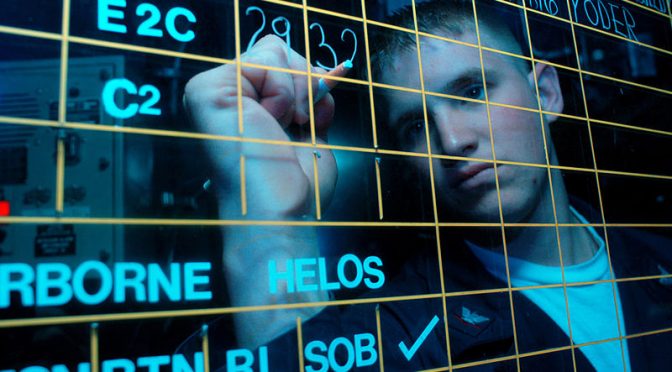

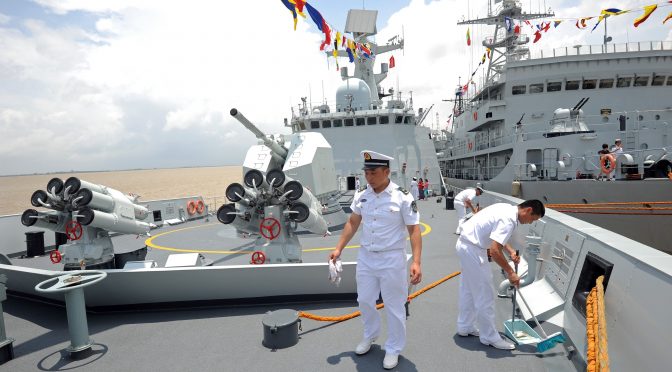
 influence of emerging naval platforms and technologies in the geostrategic contours of the Indo-Pacific region. It identifies relevant historical precedents, forming the basis for various maritime development and security related projects in the region.
influence of emerging naval platforms and technologies in the geostrategic contours of the Indo-Pacific region. It identifies relevant historical precedents, forming the basis for various maritime development and security related projects in the region.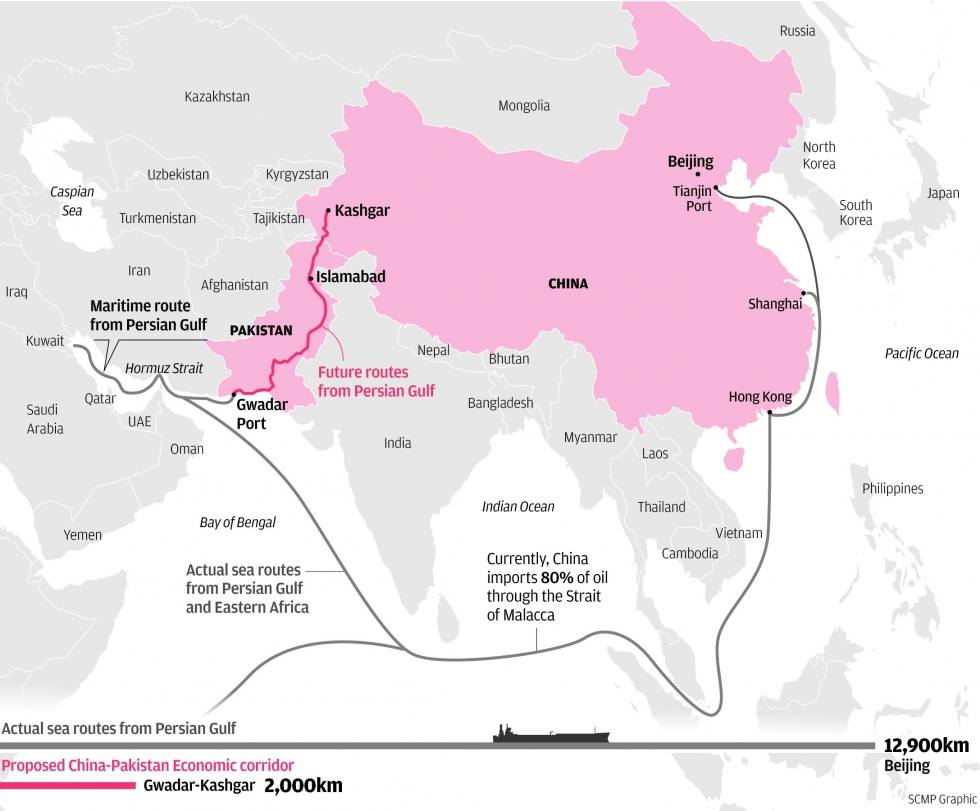
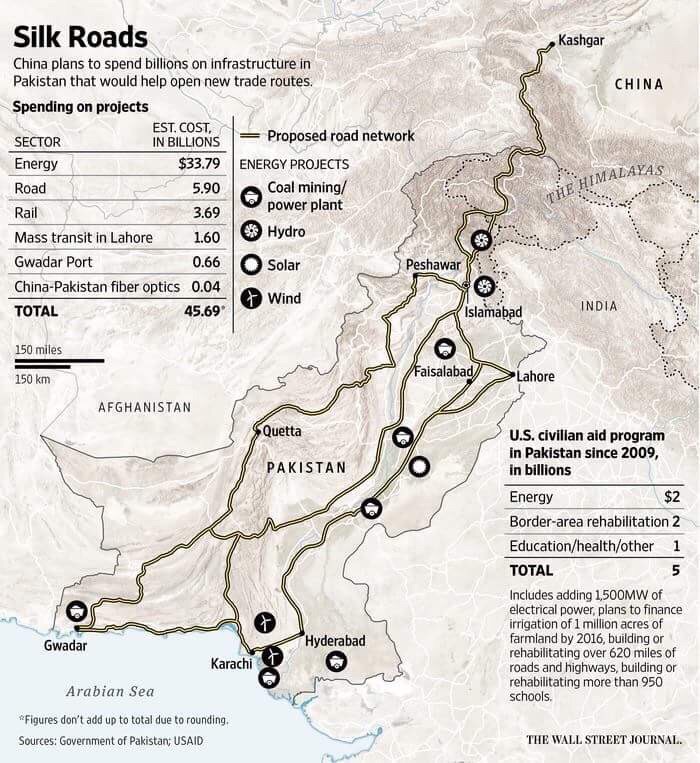
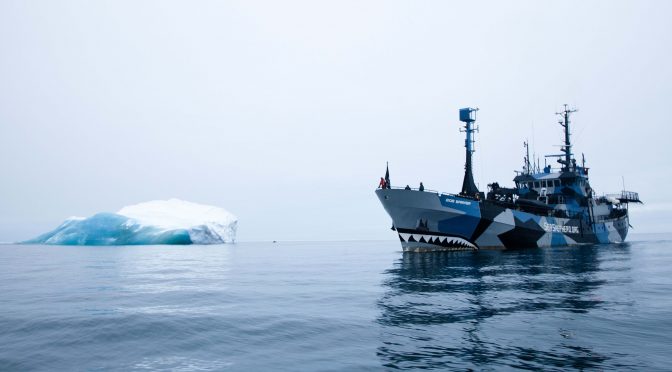
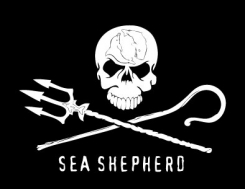 Navy, the Continental Congress as well as states authorized letters of marque to privateers and several states created their own navies. At first, the navy relied on converted merchant ships until warships could be built from the keel up. The same has been true for Sea Shepherd which had – until this summer – relied on purchasing former commercial or governmental ships. This has changed with the M/Y OCEAN WARRIOR, their first purpose-built ship built from the keel up at Damen Shipyard.
Navy, the Continental Congress as well as states authorized letters of marque to privateers and several states created their own navies. At first, the navy relied on converted merchant ships until warships could be built from the keel up. The same has been true for Sea Shepherd which had – until this summer – relied on purchasing former commercial or governmental ships. This has changed with the M/Y OCEAN WARRIOR, their first purpose-built ship built from the keel up at Damen Shipyard.